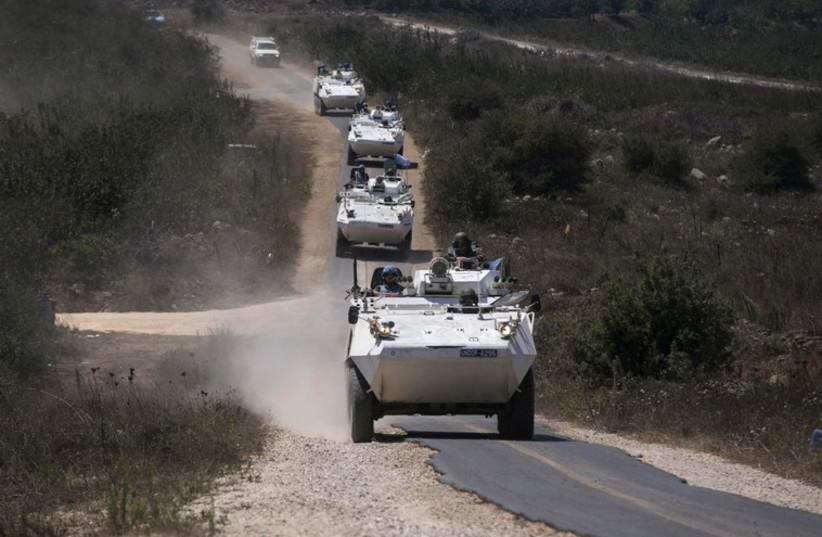On May 31, 1974, an agreement on the disengagement of forces between Israel and Syria was signed in Geneva, Switzerland, marking a significant step towards peace in the region.
The negotiations leading up to the historic 48-year-old agreement began in February and March of the same year, with representatives from both Israel and Syria presenting their initial plans to the then-US Secretary of State Henry Kissinger when visiting Washington.
The efforts of Kissinger were crucial in facilitating the negotiations and he spent the month of May traveling between Jerusalem and Damascus, working towards a resolution. Finally, on May 29, the Israeli Government agreed to sign the proposed agreement, pending approval by the Knesset.
Two days later, on May 31, the agreement was signed in Geneva by senior military officers from both sides.
The agreement consisted of several key provisions aimed at ensuring the separation and disengagement of military forces between Israel and Syria.

The first provision stated that both countries would observe a ceasefire on land, sea and air, refraining from any military actions against each other, in line with the United Nations Security Council Resolution 338 dated October 22, 1973.
Israeli and Syrian military forces would be separated according to the agreement
The military forces of Israel and Syria would be separated according to specific principles outlined in the agreement.
The territory west of Line A, with the exception of the Kuneitra area west of Line A-1, would be under Israeli military forces. On the other hand, all territory east of Line A would come under the Syrian administration, allowing Syrian civilians to return to this region.
Between Line A and the Line designated as Line B, an area of separation would be established, the United Nations Disengagement Observer Force (UNDOF) would be stationed in this area to supervise and ensure compliance with the agreement.
The agreement also stipulated that there would be equal limitations on armament and forces on both sides, with one area west of Line A and one area east of Line B designated for this purpose.
Both countries' air forces would be permitted to operate up to their respective lines without interference.
Additionally, the agreement emphasized that there would be no military forces in the area between Line A and Line A-1. This provision aimed to create a buffer zone and prevent any potential clashes.
The agreement was not a peace agreement but rather a significant step towards a just and durable peace, in accordance with the United Nations Security Council Resolution 338. It laid the groundwork for further negotiations and initiatives aimed at achieving lasting peace in the region.
A protocol concerning the UNDOF was also agreed upon. The UNDOF's role was to maintain the ceasefire, ensure the agreement's observance and supervise the areas of separation and limitation.
The force, consisting of approximately 1,200 personnel, would be under the command of the UN Secretary-General, operating with the authority of the Security Council.
The UNDOF would carry out regular inspections and report on the implementation of the agreement to both parties. The agreement stated that both Israel and Syria would support a UNSC resolution authorizing the establishment of UNDOF, initially for six months, subject to renewal by further resolutions.
